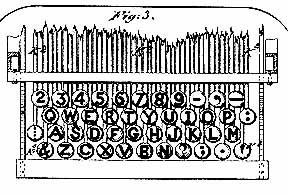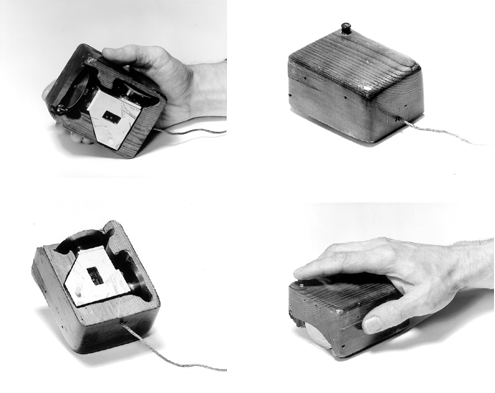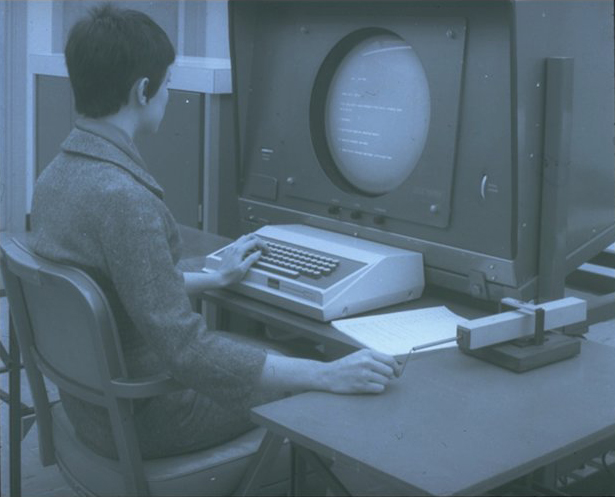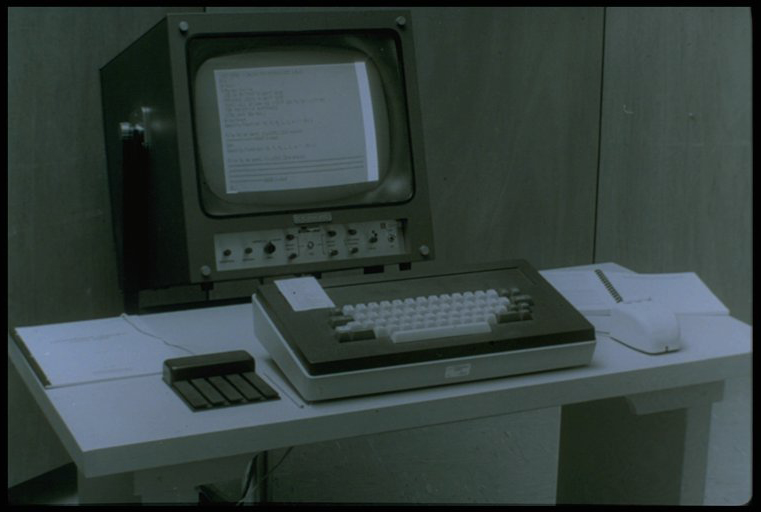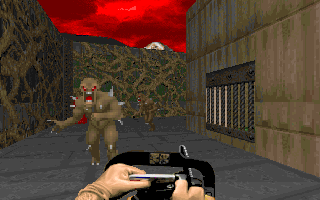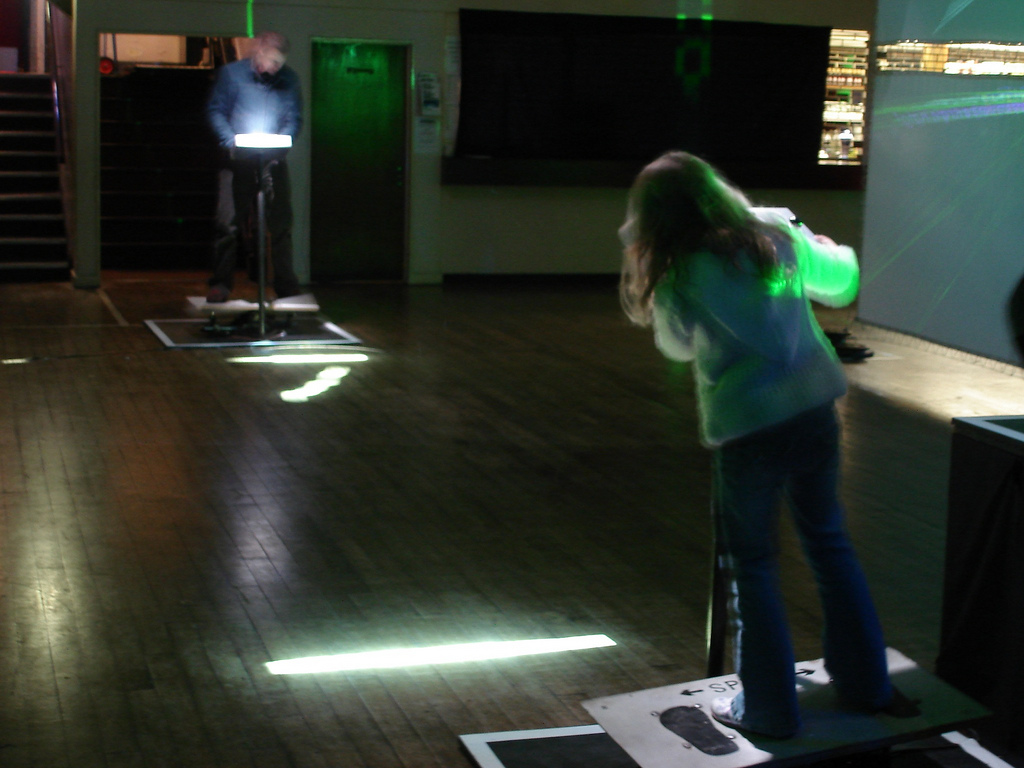IASLonline NetArt: Theory
Thomas Dreher
History of Computer Art
VIII. Summary
VIII.2 Interface-Model
An interface-model for pervasive games was introduced in chapter VII.2. This model features players developing strategies of gameplay by mediations between their world-interface (interface 1) and the "game interface" ("interface 2") to constitute the "game-oriented world-interface (interface 3)". Below a modification of this model is sketched out to be applied to the interfaces of personal computers and reactive installations.
The cognitive access to the world 1 and the pre-reflective body coordination for actions in the world 2 constitute the `interface 1´ as a world-interface. The `interface 2´ contains the technical interface used by humans to control the output of a system via input in using for example the interface components of a computer (Human-Computer-Interface, HCI). `Interface 3´ is constituted by humans mediating their cognition and their body coordination (interface 1) with a technical interface (interface 2). `Interface 3´ is constituted by the human abilities to develop ways to use technical interfaces as well as a technically oriented world-interface – for the use of technologies as specific ways to explore the world, or to deal with the world-interface in specific ways depending on the technologies available for a use quite similar to protheses.
Sholes, Christopher Latham: Typewriter Keyboard Patent Drawing. U.S. Patent No. 207,559. 27th August 1878, fig.3.
For typewriters the key arrangement called "QWERTY" became a standard in English-speaking countries and in some other languages. On each of these typewriters the first six keys in the second row have the order "QWERTY". For computer keyboards the "QWERTY typewriter keyboard" was taken over and became a standard, too. The ten finger typing skills learnt in typewriting courses could be used again for the input to the `interfaces 2´ of computers. 3
Augmentation Research Center: First computer mouse, ca. 1964.
In the sixties the mouse and alternative interfaces were developed at the Augmentation Research Center (ARC, a department of the Stanford Research Institute, Menlo Park/California) under the direction of Douglas Carl Engelbart. This variety provoked investigations which kind of a gadget can be used beside keyboards as a further part of the technical interface to computers for a tactile control allowing a simultaneous concentration of the visual perception on monitors. 4 For the evaluation of the mouse´s acceptance only sporadic tests with contradictory results were integrated into the development of prototypes (see chap. VI.2.1 with ann.6). With these tests researchers at the ARC tried to explore the human capabilities to use the body coordination for a tactile control of gadgets without seeing them and permitting in this way an independent view on the monitor. Compared with a device controlled by a knee and other alternatives the mouse seemed to be a construction of equal value. 5
Augmentation Research Center: Left: A knee-operating pointing device as an alternative to a mouse, 1967 or earlier. Right: Grafacon, movable gyro-style pointing device as an alternative to a mouse, c. 1965.
As a possible use of the technical interface combining monitor, mouse, keyboard and keyset (it became not an accepted part of the standard interface) the researchers at the ARC developed hypertextual procedures augmenting the uses of texts in writing systems. In using these technical interfaces (interface 2) and concatenation techniques a project´s participant gets access to hypertextual procedures. These procedures can provoke changes in an observer´s way to activate his language competence (interface 1) for his efforts to understand texts (see chap. VI.2.1 with ann. 8-19). With this modified understanding of texts participants of hypertext projects constitute an `interface 3´ containing concepts of the planning and implementing of "semantic webs" (see chap. VIII.1 with ann.6).
Augmentation Research Center: Prototype of an interface for computers with monitor, manual, keyset (left) and mouse (right), 1967.
On the one side the (self-)trained ways to surf the web in using hands and eyes on a keyboard, a manual, a mouse (or a touch screen) and a browser can be described on the level of the `interface 3´. On the other side on this level observers are enabled to explore and communicate the provocations produced by some projects of browser art (see chap. VI.3.3). Such an investigation using the provocations of browser art on the level of the `interface 3´ explores the informations being hidden by standard browsers, and the accesses to data being prohibited by these web interfaces (interface 2): Standard browsers convert a data stream to webpages with a design not unlike printed pages. 6 The data stream is fed from files being stored on several servers located at different places. These files consist of film, photo, audio and text formats. The files are put together in a browser presentation of a web page. After users installed Maciej Wisniewski´ s browser "Netomat" (see chap. VI.3.3) on a personal computer with one of the operating systems being used in 1999 and typed in a keyword then they could retrieve simultaneously text elements as well as audio and film files. The files stored on different servers were presented in "Netomat" without the functions controlled by the source code to execute the web page presentation of the usual web browsers putting together the files to the defined web page lay-out. To the observers´ advantage a simultaneity of different informations on a keyword was presented on the screen. The direction of the data stream on the monitor was influenceable by cursor movements.
An observer of browser art can´t rely on the reacting movements being trained by himself in using the established webbrowsers: The usual retrieving of web pages and links is called into question. For observers the relations between the input on a keyboard, monitor presentations and the functions controlled by mouse moves appear in a new light.
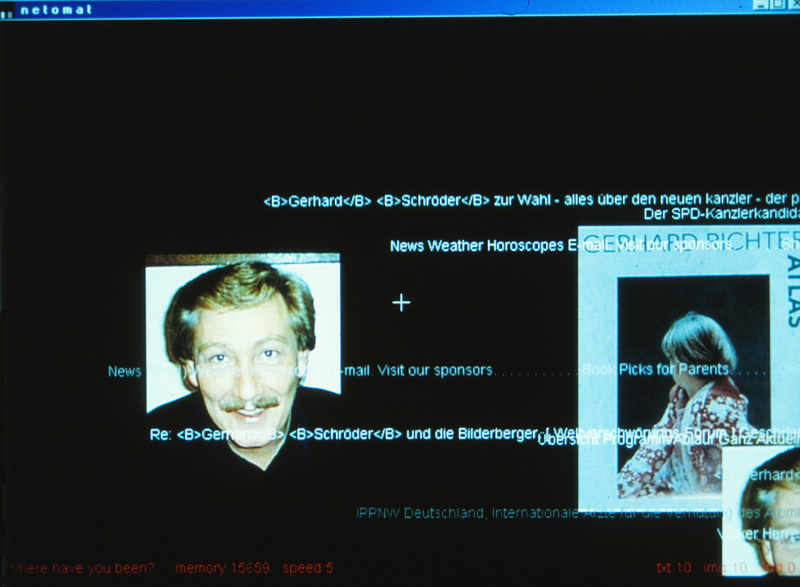
Wisniewski, Maciej: Netomat, 1999, browser (photo of the monitor presentation, October 2000).
The ego shooters (see chap. VII.1.3.1) force players to execute trained coordinations between the perception of the simulated game world and hand movements as fast as possible on the technical interface (interface 2 with joystick, mouse, keyboard and monitor): On this interface (interface 2) the perception and body coordination (interface 1) is trained by the player to enable himself to react to the game world simulations with tactical moves (interface 3) eliminating obstacles with a minimum of delay. The immersive effect is caused by joystick navigations into the simulated spatial depth of the game world, the simultaneous concentration on ennemies coming out of this depth and the executions of the gameplay-trained modes to react. For the evolution of an `interface 3´ consisting of modes to operate against ennemies players enable themselves to the execution of fast moves by coordinating their perceptions of the game world with their hand operations at the joystick. After several successful actions realising strategies of the gameplay (`interface 3´) these fast moves provoke the impression of a speedily continuable movement in and through the game world.
id Software (Romero, John/Carmack, John/Hall, Tom): Doom, Cdv Software Entertainment, Pearl Agency, 1993, computer game.
The reduction of the body coordination on the games´ technical interfaces to hands (for the uses of keyboards, mouses and joysticks) and eyes (for the perception of monitors) is a consequence of the development of the standards for technical interfaces (interface 2, see chap. VII.2.1 with ann.1). In opposition to this reduction of the body to hands and eyes the affordances to the body coordination (interface 1) for the control of unusual technical interfaces are augmented: Reactive installations (see chap. V, VII.2.1) and pervasive games (see chap. VII.2) mobilise several parts, if not the whole body, of a moving observer as a human acting to move technical interfaces. Artists dissolve the reduction of human actions to a few body parts by an integration of wider parts of the `interface 1´ to control unusual `interfaces 2´. With these works artists enable observers to explore the possibilities to develop an `interface 3´ in mediating the unusual `interfaces 2´ with unusual activations of the `interface 1´. So artists transgress the established technical interfaces. The experimentation with interface alternatives leads observers to possibilities transferring common recursions between output and input in new concatenations of computing, thought and action processes.
Time´s Up: Sonic Pong, 1999, reactive installation.
After 2000 the increasing "interconnectedness" of various transmission and communication systems (GPS, mobile telephony, fixed-line network) with stationary and mobile devices 7 provokes the participants of projects to reconceptualise their reactions to requirements sometimes simultaneously posed by technical interfaces and the environment. The `interface 3´, constituted for this purpose by the participants´ observing operations, includes partially not easy to fulfill demands to coordinate self localisations and orientations in environments (interface 1) with the reception of informations indicated by the screens of mobile terminals (interface 2): In strategies for the gameplay simultaneous requirements by devices on the one side and environments on the other side lead to a partition of operations in phases with switches of the attention (interface 3) between both sides: At times the player directs his attention from the urban traffic to the screen and vice versa (see chap. VII.2.2).
Dr. Thomas Dreher
Schwanthalerstr. 158
D-80339 München
Germany.
Homepage
with numerous articles on art history since the sixties, a. o. on Concept Art and Intermedia Art.
Copyright © (as defined in Creative
Commons Attribution-NoDerivs-NonCommercial 1.0) by the author, December
2012 and June 2014 (in German)/ June 2014 (in English).
This work may be copied in noncommercial contexts if proper credit is
given to the author and IASL online.
For other permission, please contact IASL
online.
Do you want to send us your opinion or a tip? Then send us an e-mail.
Annotations
1 With "conceptual schemes" and "action plans": Dreher: Performance 2001, p.22s.,404s.; Dreher: Games 2008, ann.35. Cf. chap. VII.2.2. back
2 See chap. VII.2.2 with ann.18. back
3 Bardini: Bootstrapping 2000, p.67-80; Rehr: QWERTY undated. back
4 Bardini: Bootstrapping 2000, p.79-102,107-114. back
5 Bardini: Bootstrapping 2000, p.103-107, 112ss. back
6 Kahnwald: Netzkunst 2006, p.61-64,75-78. back
7 Dreher: Games 2008, chap. "Interconnectedness" and Mobile Devices with ann.1. back
[ Table of Contents | Bibliography ]
[ Top | Index NetArt | NetArt Theory | Home ]
